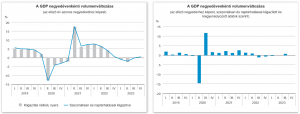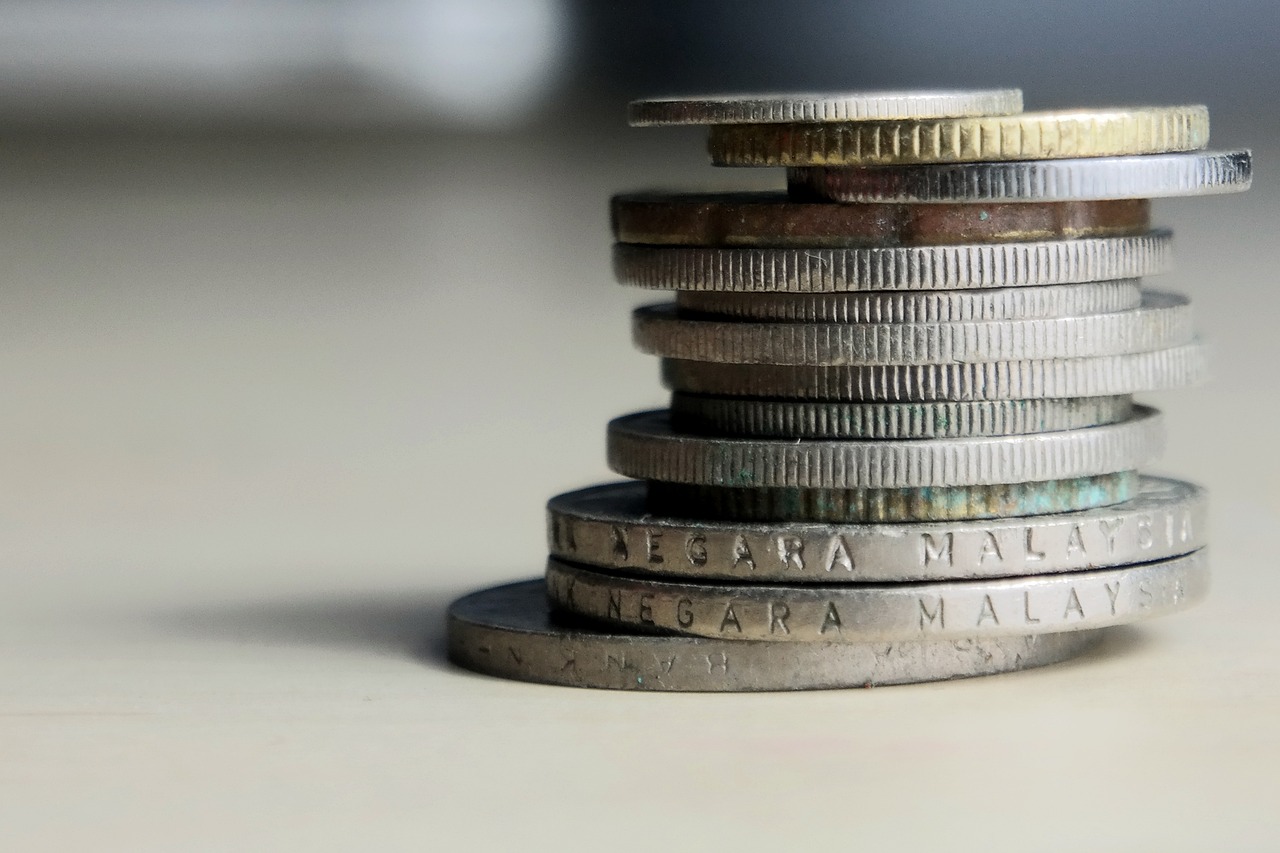In the last quarter of 2023, the Hungarian economy faced challenges with a modest year-on-year growth of 0.4% and stagnation on a quarterly basis. Minister of National Economy Márton Nagy cited weak external demand, particularly from key export markets like Germany, as a primary factor for the slowdown.
Amid challenges in the final quarter of 2023, Hungary navigated a landscape of modest growth and stagnation. With a year-on-year expansion of 0.4%, and quarterly figures reflecting a stagnant performance, the nation faced an overall decline of 0.8% for the year.
Minister Nagy attributed this slowdown primarily to weak external demand, notably from pivotal export markets like Germany.
Compounding this were factors such as high real interest rates and sluggish market lending that further impeded economic expansion. To address these issues head-on, the government rolled out targeted programs aimed at facilitating businesses’ access to funding. These initiatives, including the Széchenyi Card Program, the Gábor Baross Reindustrialisation Loan Program, and the Factory Rescue Program, played a pivotal role in averting a credit freeze while stimulating retail demand.
Fact
For 20 years, the Hungarian government has been providing financial solutions for businesses through the
Széchenyi Card Program, tailored to their financing needs. The program offers various loans for investment and operational financing, as well as leasing. Since its launch in 2002, the Széchenyi Card Program has received 559,000 loan applications and has concluded nearly 390,000 loan transactions, providing Hungarian SMEs with access to more than HUF 4,600 billion (EUR 11.2 billion) in preferential financing.
Minister Nagy underscored the positive impact of these governmental interventions, estimating that without them the economy would have faced a staggering 3% decline.
Inflation, a significant concern, was successfully curbed to 3.8% by January, alleviating economic pressures.
With this milestone achieved, the government is now redoubling efforts to reignite economic growth. The overarching strategy involves easing caution among consumers, ensuring investment remains above 25%, and fostering increased labor market participation. Signs of a tentative recovery are already materializing, evidenced by upticks in retail sales and tourism in recent months.

Quarterly volume change in GDP. Picture: KSH
Further bolstering this optimism is the prospect of improved credit markets, thanks to ongoing government lending initiatives, notably the Gábor Baross Loan Program.
Collaboration with commercial banks is expected to enhance economic dynamics in the near term.
Looking ahead, the government remains steadfast in its commitment to achieving a 4% domestic economic growth target for 2024. Minister Nagy reiterated this goal, emphasizing its continued priority in fostering sustained economic recovery and prosperity.
In summary, while challenges persist, Hungary’s proactive measures and resilience in the face of economic headwinds position it well for a path towards robust growth and stability in the coming years.
Related article
Economy Outperforms EU Average by 5%
According to Minister of Finance Mihály Varga, 2024 could be a year of economic growth for Hungary.Continue reading
Via MTI; Featured Image: Pixabay

